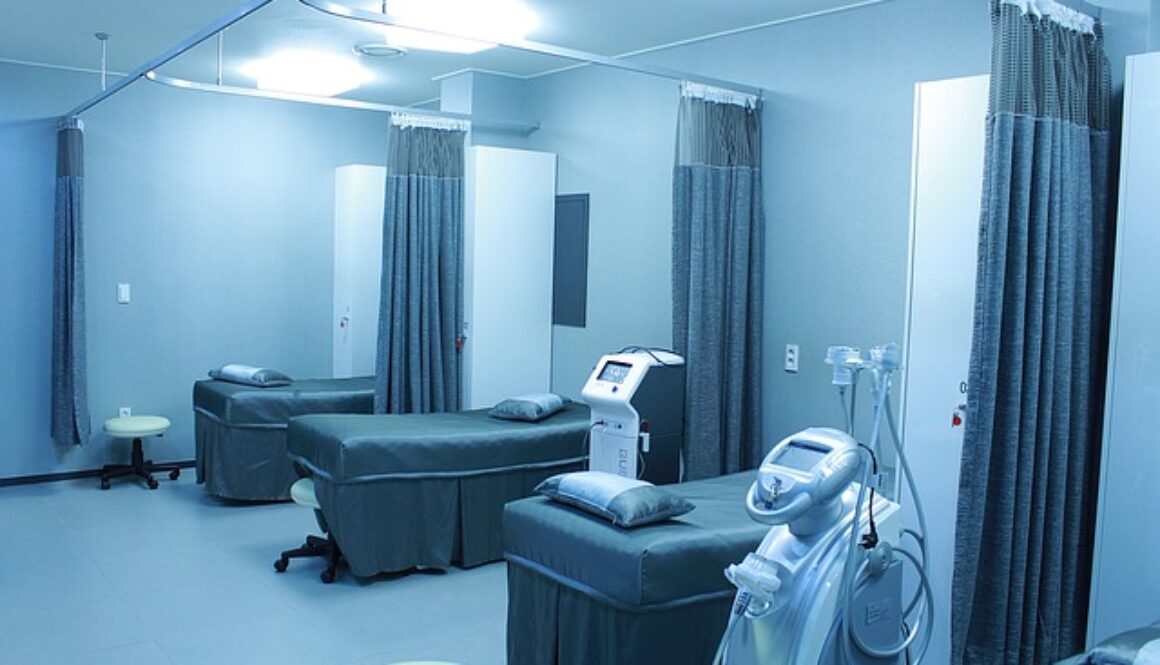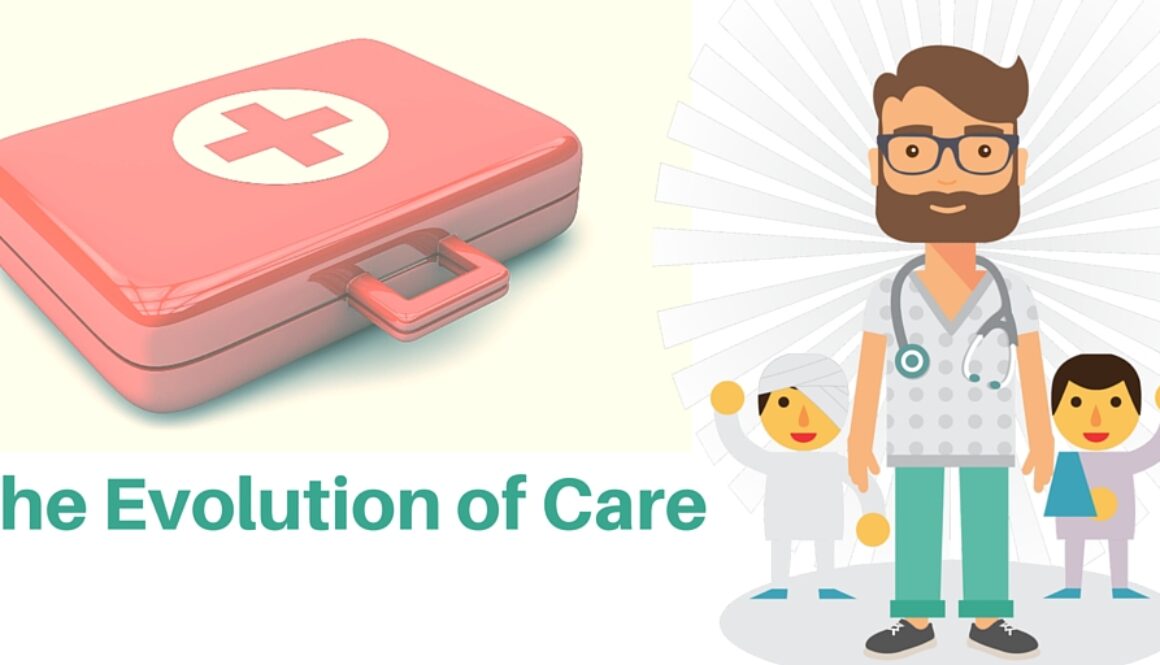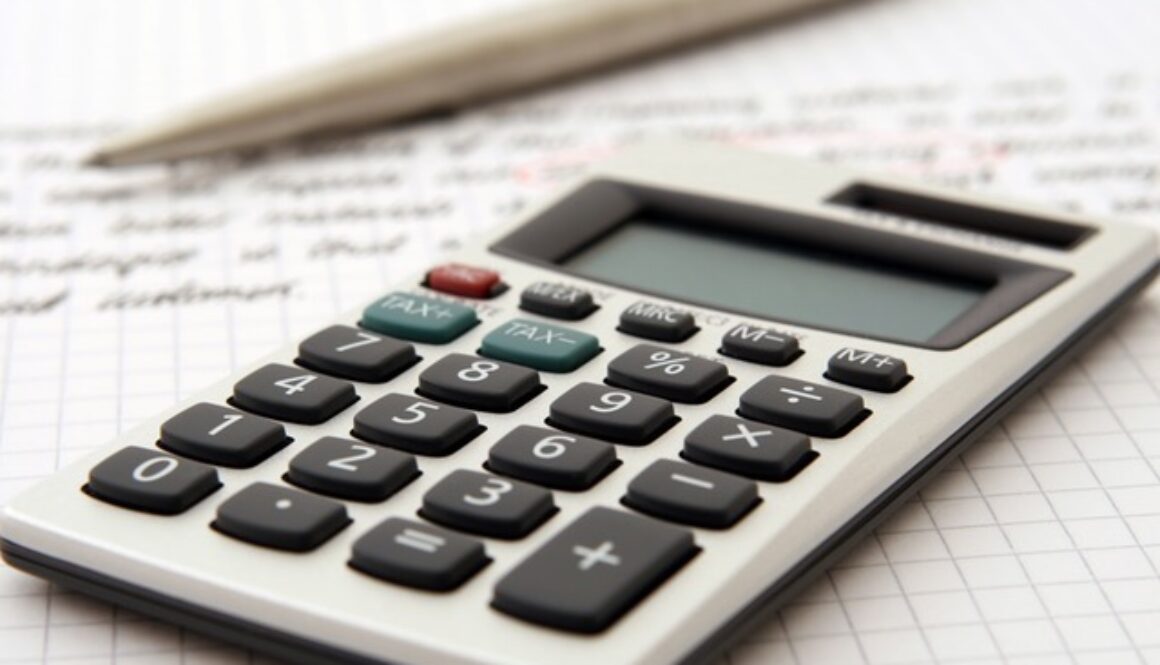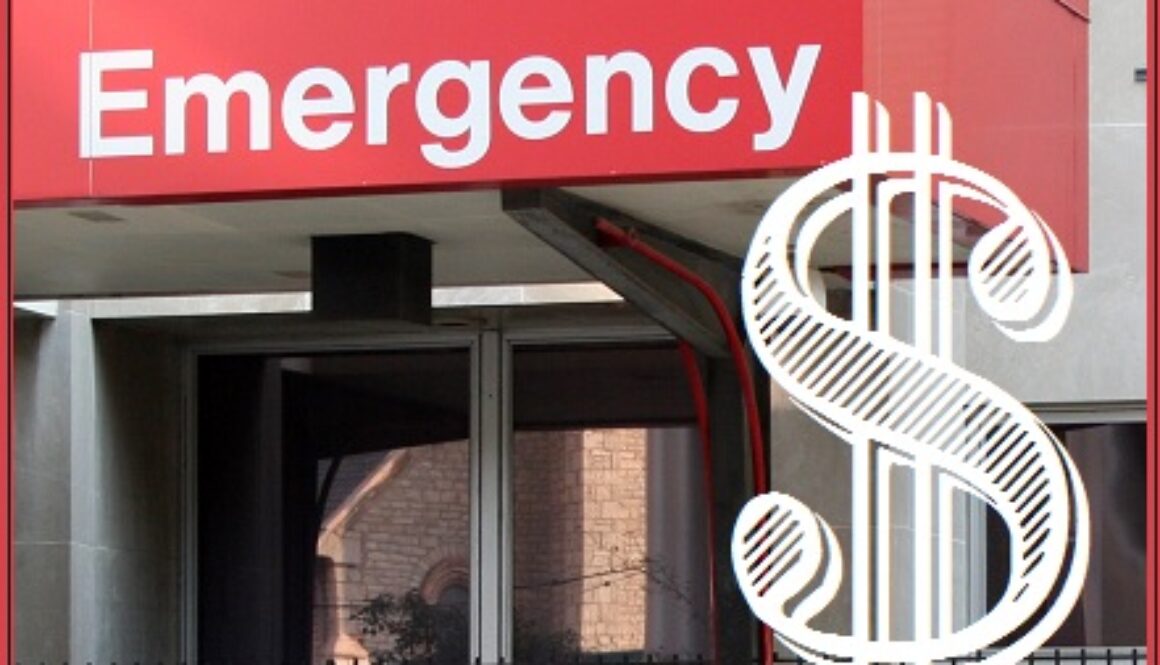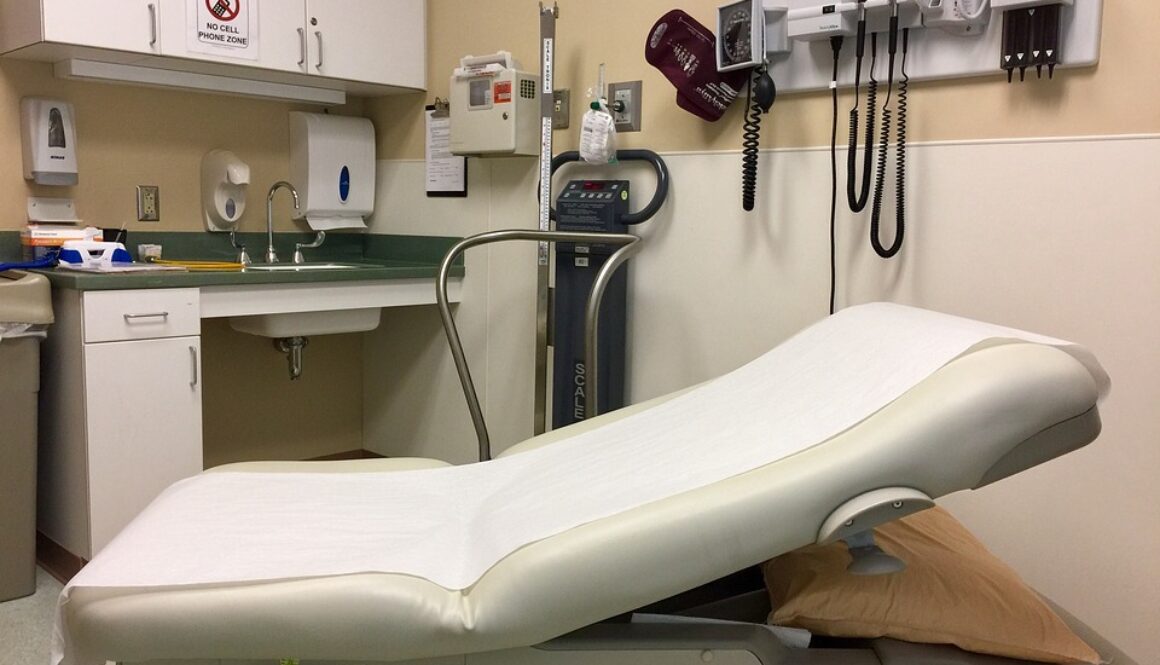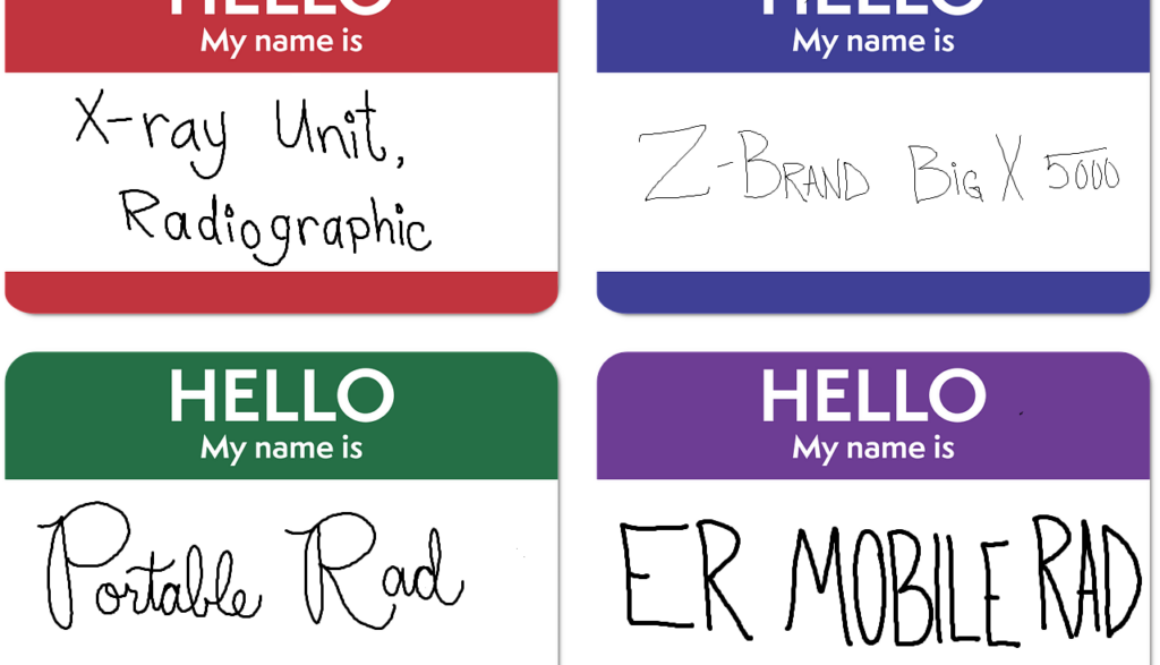Partners Healthcare Group Acquires Medix
Medix Joins Partners Healthcare Group to Enhance Medical Equipment Planning
[Brentwood, TN August 1, 2023] – Medix, a leading provider of equipment planning solutions for ambulatory surgery centers and specialty clinics, is excited to announce it is joining Partners Healthcare Group (PHG), industry leading provider of Medical Equipment Planning, Asset Reconciliation, Hospital Accounting, and Valuation services. This collaboration brings together the expertise of two industry leaders to better deliver comprehensive solutions for health systems, hospitals, ambulatory surgery centers (ASC), free standing emergency rooms, physician offices/clinics, and post-acute specialty care facilities.
Medix joining PHG is a strategic move that combines their respective strengths to further deliver a comprehensive suite of services for healthcare providers. The collaboration will result in streamlined equipment planning, and asset management processes leading to enhanced efficiency, cost savings, and improved patient care.
Medix has established itself as a trusted provider of equipment planning on over 400 free standing ASC and specialty facility projects nationwide. Leveraging technology, experience, and a customer centric approach, Medix has provided outcomes resulting in less burden on the project team, on time completion, and providing overall cost savings to clients. With the addition of Medix, PHG will build on their current services providing even more value to its clients.
For over 25 years, PHG has provided comprehensive Medical Equipment Planning services on over 250 healthcare centric projects across the country. PHG has consistently provided a superior level of service, assuring success on their clients’ projects. Additionally, PHG offers asset reconciliation and hospital accounting services to optimize financial performance and compliance.
Jeff Schneider, CEO of PHG, also shared his excitement about the partnership: “We are excited about the Medix team bringing a wealth of experience, knowledge, and technologies which complements our medical equipment planning, asset reconciliation, and hospital accounting services. By combining our strengths, we will provide healthcare systems of all types with a single source partner for a variety of services scaled to their specific need. We look forward to this growth as a step forward to further drive positive value for our clients.”
About Medix: Medix is a leading provider of equipment planning solutions for ambulatory surgery centers (ASCs). With a focus on optimizing efficiency and patient care, Medix has successfully served over 400 ASCs and other types of facilities nationwide, delivering innovative solutions tailored to the unique needs of each facility.
About Partners Healthcare Group (PHG): Partners Healthcare Group specializes in providing medical equipment planning services to health systems, hospitals, ambulatory facilities, and post-acute care facilities. PHG also offers asset reconciliation and hospital accounting services, providing comprehensive solutions for healthcare providers.
Media Contact:
Lee Waller
Vice President


